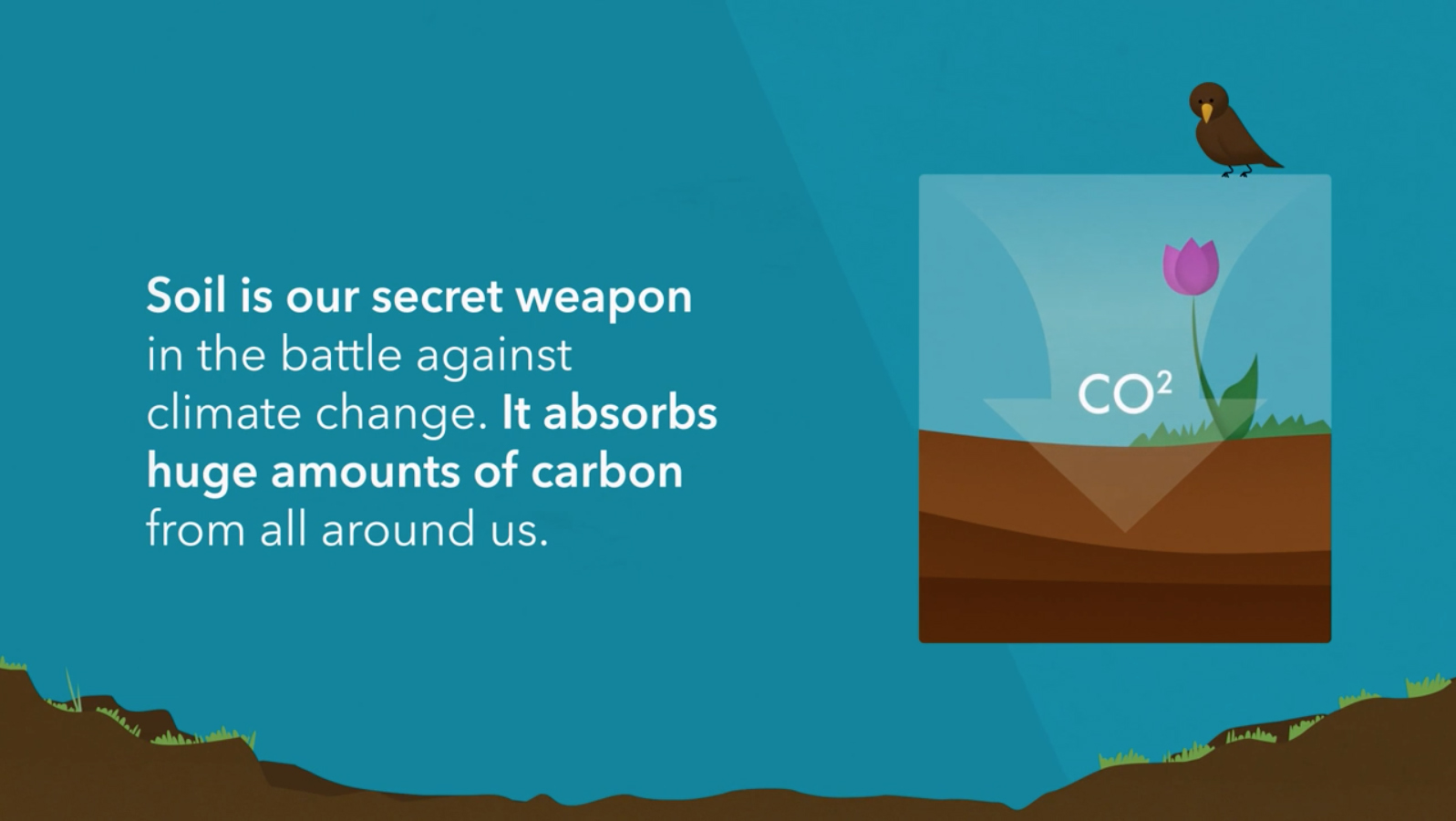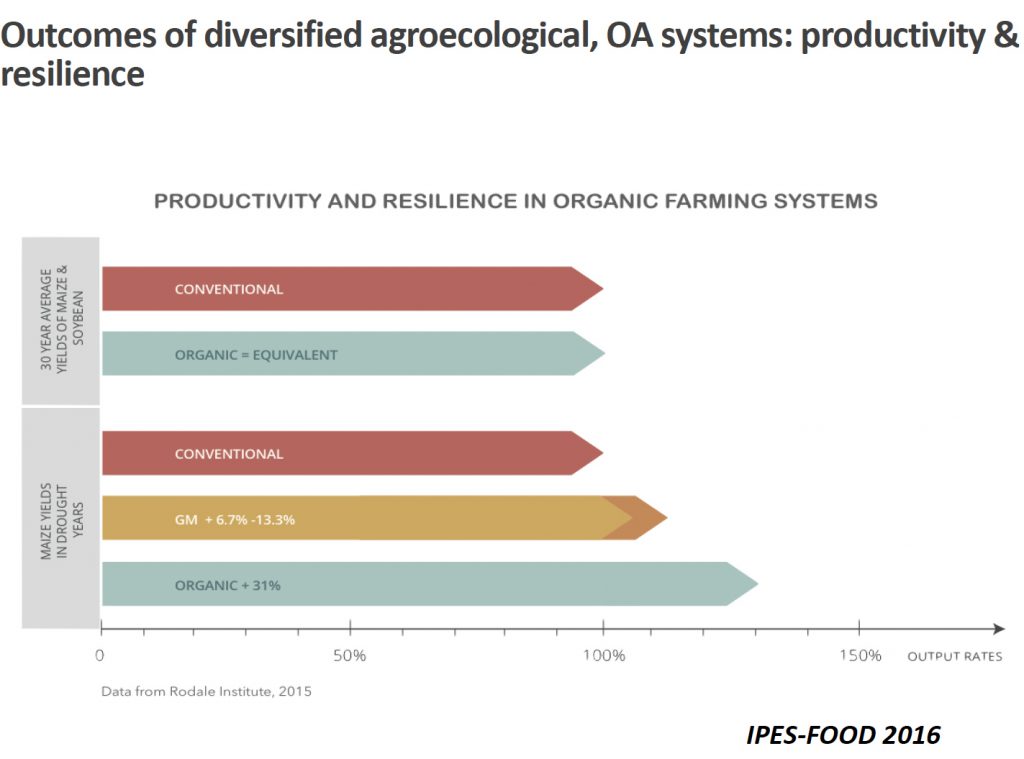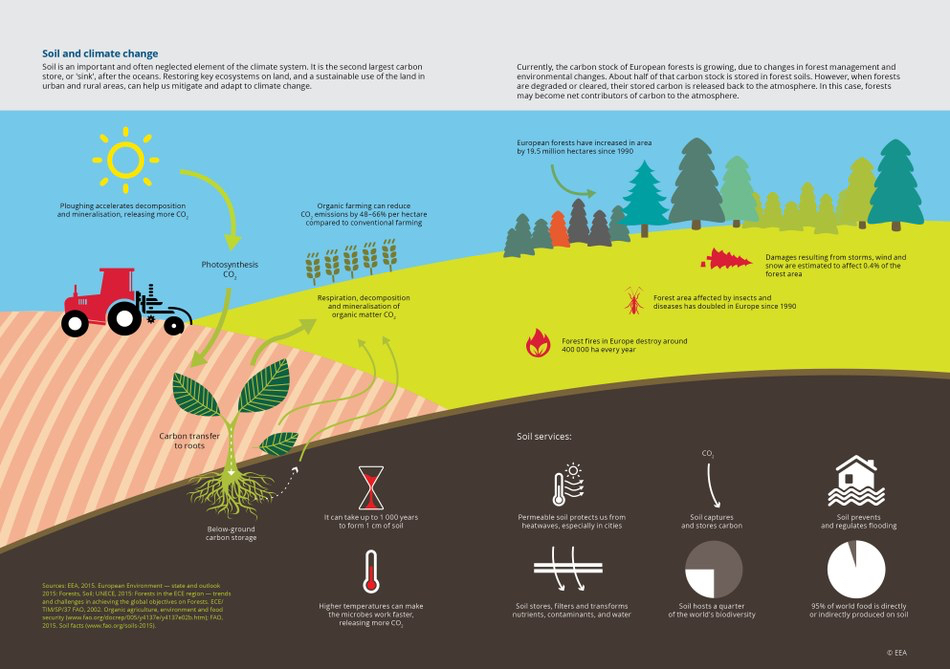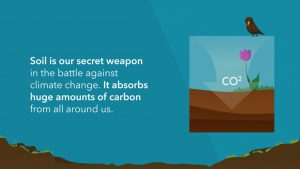
Factually incorrect views on organic farming in Dutch Topsector Agri & Food
19 december 2018Bertus Buizer – 19 december 2018 – update: 23 december 2018
In a tweet on December 14, 2018, Dr. Aalt Dijkhuizen, president of the Dutch Topsector Agri & Food, wrote (we translated it in English):
“Organic agriculture is bad for the climate, thus (again) determined in the attached article in Nature. Of course everyone is free to choose, but it is not sustainable. On the contrary! vork.org/nieuws/biologi…“
As if pollution of soil, air and water adhere to the boundaries of the conventional farm.
In a reaction to my comment on the article in Nature *), lead author Tim Searchinger writes:
“This is not a paper that says don’t do organic farming. Our only finding regarding organic farming is that under average yields in Sweden, where yields are lower, there are land use costs. Obviously, if an organic farm obtains equivalent yields, then you don’t have these costs and could have other carbon benefits through soils in addition to pesticide and other benefits. The calculator responds to the yields.”
This shows that he (Searchinger) is much more nuanced in his reaction than Dijkhuizen in his conclusion.
Dijkhuizen is certainly not a figurehead of organic farming. He also sees it wrong. Because, contrary to organic agriculture, it is the current dairy farm, which he has always eulogized, that is bad for the climate. There are far too many cows (and milk and manure surpluses!) in the Netherlands.
What the study does not mention is that 25% of all agricultural land is strongly degraded, 8% moderately degraded and 36% slightly degraded (FAO, 2011). This is in a large part due to conventional agriculture. Organic farming, on the other hand, restores the soil and stores a lot of CO2 in the soil and the FAO calculated that CO2 emissions per hectare of organic agriculture systems are 48% to 66% lower than in conventional systems (EEA, 2015)
According to Dr. Harry Donkers, the study also does not take into account the fact that the yield of organically grown agricultural products per hectare after a period of 10 to 15 years equals or even exceeds the yield of conventionally grown agricultural products. That period is not taken into account. In addition, after organic cultivation during this period healthy soils remain, whereas in conventional cultivation only contaminated soils are left with chemical fertilizers and chemical pesticides.
In years of extreme weather such as drought or flooding, and even years with less extreme weather like low rainfall, the organic systems out-yield conventional up to 40%, according to research by the Rodale Institute.

Donkers: It should also not be forgotten that funds for research and innovation since WW II have almost completely gone to conventional agriculture and not to organic farming. In that area, organic farming is significantly behind the usual agriculture. Most (climate and environmental) profits can be achieved by using resources for research and innovation for organic agriculture.
Concerning organic farming the study of Tim Searchinger et al in Nature refers only to the average yields of peas and wheat in Sweden. Meanwhile, also many others, including Organic Sweden and IFOAM Organics International, have criticized the study at that point.
Organic farming has the best credentials for an adequate sustainable food supply. Read more …
For comments on Linkedin, click here.
*) Timothy D. Searchinger, Stefan Wirsenius, Tim Beringer & Patrice Dumas (2018), Assessing the efficiency of changes in land use for mitigating climate change, Nature: https://www.nature.com/articles/s41586-018-0757-z





Those who advocate conventional farming have a vested interest in it. Infact, organic farming is far sustainable than conventional intensive farming. Unfortunately, the Indian Green Revolution is often touted as a great effort, whereas it was a total disaster in the long run.
“The Searchinger et al study used a limited data set but a good calculator. Let’s contribute more data. If other farmers and researchers input their data—from different parts of the world, growing different crops, and over longer time periods—we might be able to verify the true impact of organic production,” says Dr. Andrew Smith, Chief Scientist at Rodale Institute. Read his response here.